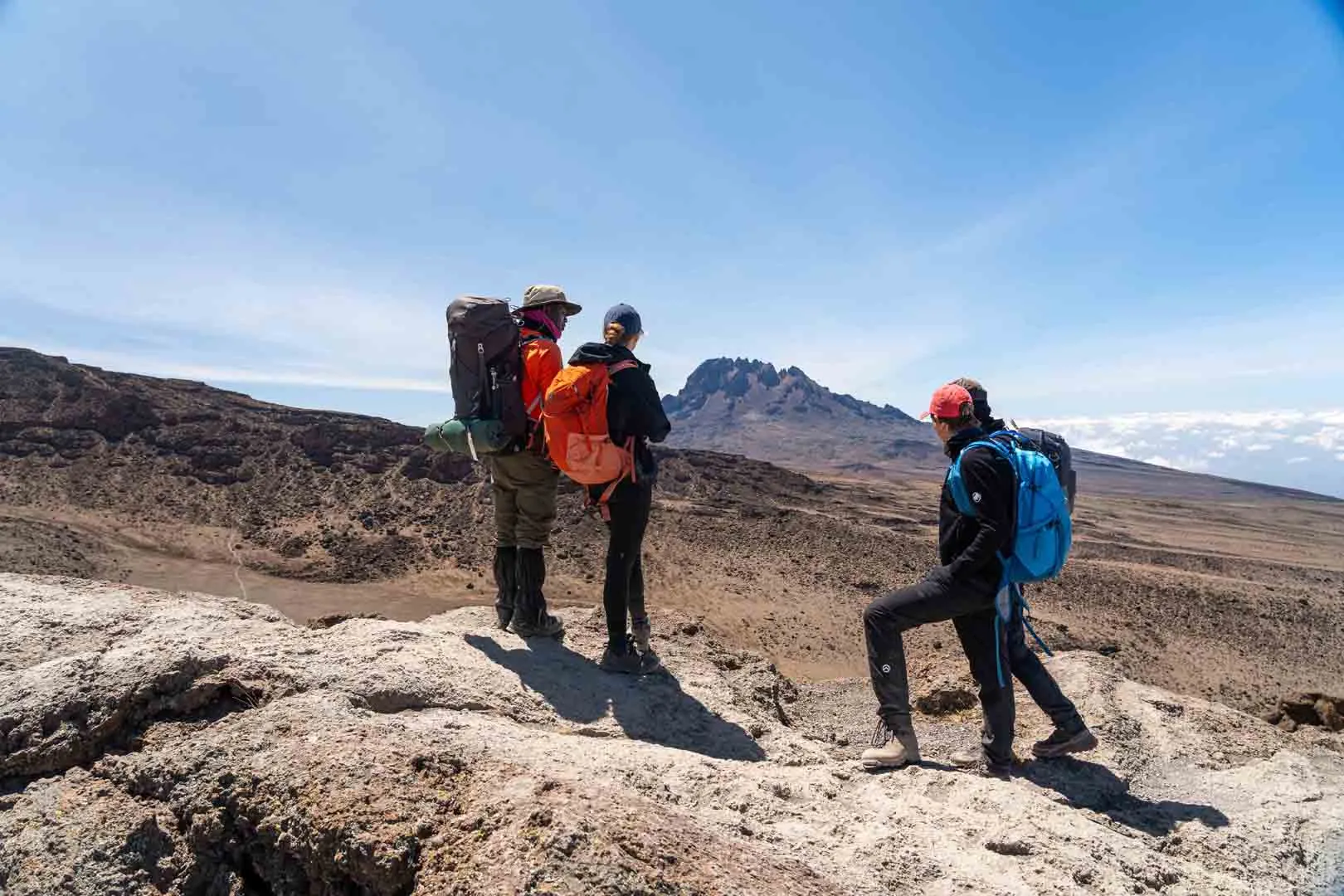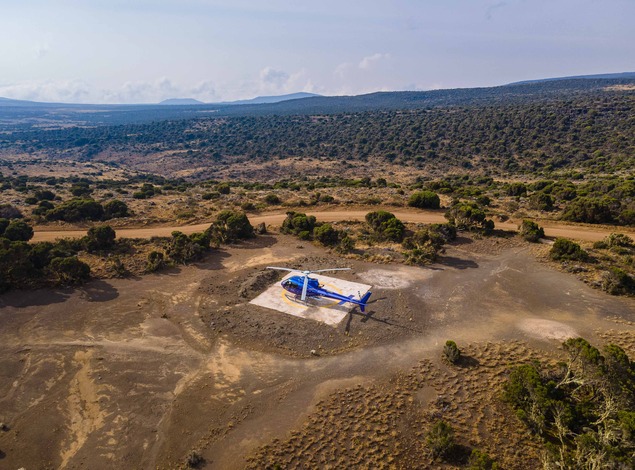Mount Kilimanjaro offers an exhilarating climbing experience, but it also comes with the challenge of high-altitude conditions that can affect your health. To ensure a safe ascent, it’s crucial to closely monitor your body’s responses to the environment. Below are seven key ways climbers can track their health while tackling Kilimanjaro’s extreme altitudes.
1. Use a Pulse Oximeter
One of the easiest ways to monitor your oxygen levels at high altitude is with a pulse oximeter. On Mount Kilimanjaro, climbers often experience a drop in oxygen saturation (SpO2) due to thinner air. At sea level, SpO2 ranges from 95-100%, but on Kilimanjaro, it may dip below 90%. By frequently checking your levels, you can determine how well your body is acclimatizing and prevent altitude sickness from worsening.
2. Track Your Heart Rate
A heart rate monitor or fitness tracker can help climbers monitor their heart rate while ascending Kilimanjaro. A high heart rate during rest or moderate exertion may indicate early signs of Acute Mountain Sickness (AMS) or trouble with acclimatization. Monitoring heart rate spikes ensures that you pace yourself and avoid unnecessary strain on your body.
3. Stay Hydrated: Track Your Fluid Intake
Dehydration is a common issue when climbing Mount Kilimanjaro. Keeping track of your hydration by monitoring your urine color is essential. Clear or light-colored urine is a good sign, while darker urine points to dehydration, which can exacerbate altitude sickness. Make sure to drink enough water each day and replenish fluids regularly.
4. Log Your Symptoms
Maintaining a symptom log is a smart way to keep track of potential signs of altitude sickness. On Mount Kilimanjaro, climbers should be aware of symptoms like headaches, nausea, dizziness, and shortness of breath. By documenting these changes, you can recognize when it’s time to take action—whether that’s resting or descending to a lower altitude.
5. Monitor Respiratory Rate
Breathing becomes more labored at higher elevations. Keeping an eye on your respiratory rate—especially when resting—is crucial. A higher-than-normal respiratory rate may indicate the onset of serious altitude-related conditions like High Altitude Pulmonary Edema (HAPE). Monitoring breathing on Mount Kilimanjaro can be lifesaving, especially in extreme conditions.
Poor sleep or frequent awakenings, particularly due to shortness of breath, can signal the early stages of altitude sickness. Tracking your sleep patterns on Mount Kilimanjaro is essential for acclimatization. Proper rest is crucial for your body to recover and adjust to the altitude.
7. Follow Acclimatization Guidelines
One of the most effective ways to ensure your health at altitude is by following proper acclimatization schedules. Climbers on Mount Kilimanjaro should adopt the “climb high, sleep low” strategy, allowing their bodies to adjust to thinner air. Monitoring your ascent rate and staying within safe elevation gain limits will reduce the risk of altitude sickness.
Conclusion
Climbing Mount Kilimanjaro is an unforgettable adventure, but it comes with significant altitude-related health risks. By closely monitoring your oxygen saturation, heart rate, hydration, symptoms, and sleep, you can catch early signs of altitude sickness and take action. Proper acclimatization is key to a successful ascent, and in severe cases, helicopter evacuation may be necessary to ensure your safety. If it comes to it, our emergency hotline number +255 745 466 255 and email rescue@tropictz.com are always available 24 hours a day.





Recent Comments